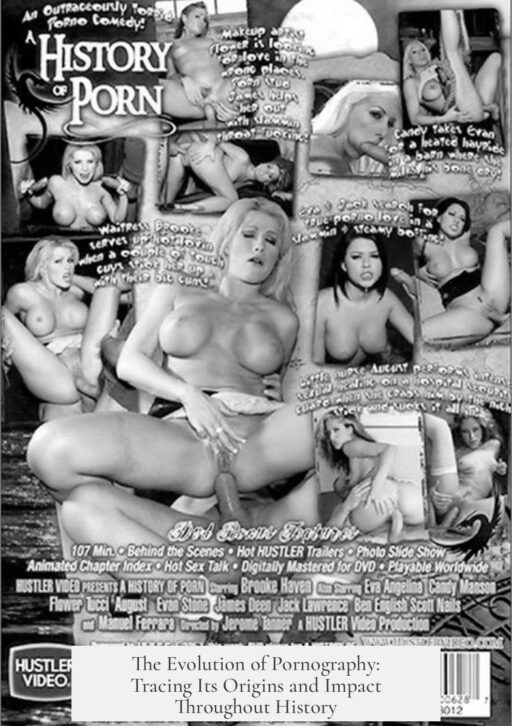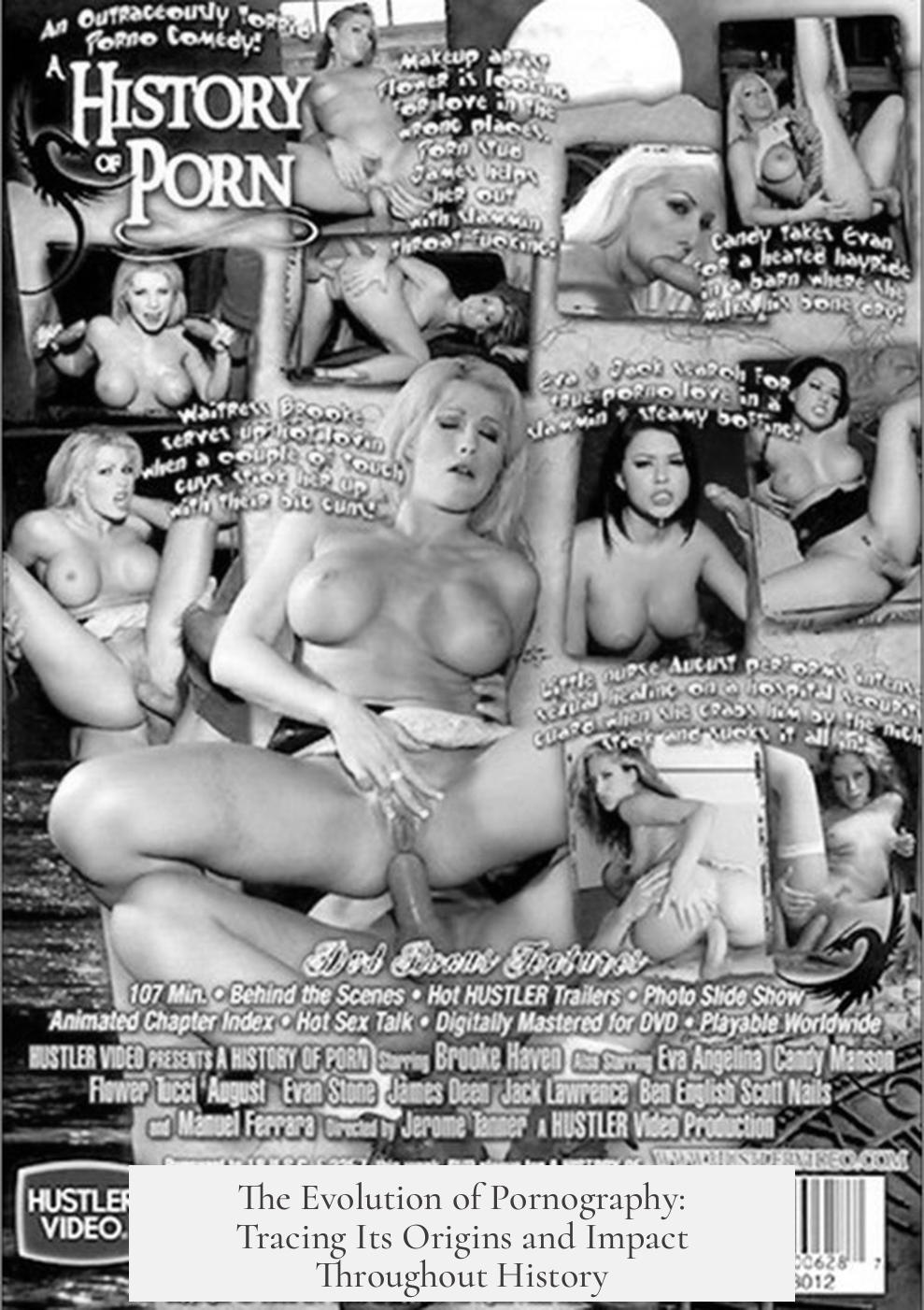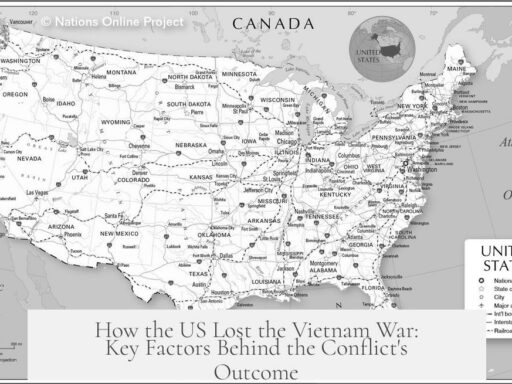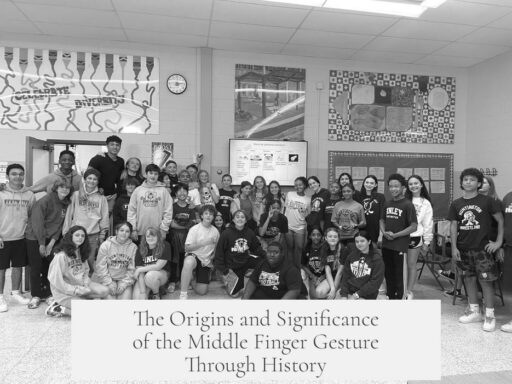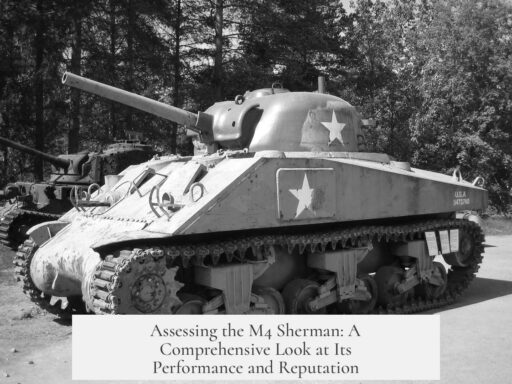Pornography, as understood today, originates in the mid-19th century, roughly 150 years ago. Although sexual depictions and erotic art date back to ancient times, the modern concept of pornography and its legal recognition emerged around 1857 in England, France, and America.
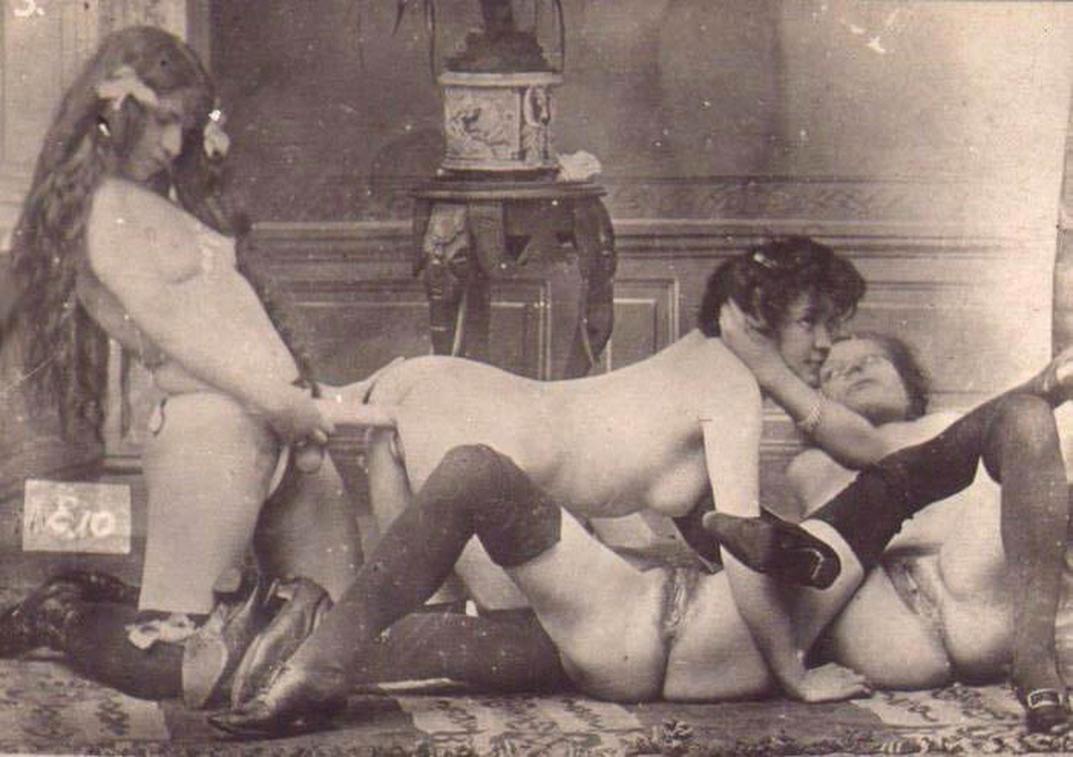
The term “pornography” derives from the Greek language, literally meaning “writers about prostitutes.” However, its usage in Ancient Greek literature is extremely rare. The word appears once when Athenaeus refers to an artist painting portraits of courtesans. For about fifteen centuries after, the term virtually disappears until the 19th century when it reemerges to describe explicit erotic art, such as the uncovered wall paintings at Pompeii.
Ancient and pre-modern sexual representations differ significantly from modern pornography. Classical texts like the Kama Sutra or Roman erotic art are frequently mistaken for pornography by contemporary standards. In their original cultural contexts, these works served aesthetic, educational, or religious functions rather than the erotic stimulation central to modern pornography’s definition. For example, many erotic artifacts from antiquity were kept in restricted-access secret museums such as Naples’ Borbonico Museum, open only to elite scholars familiar with ancient languages and cultural nuance.
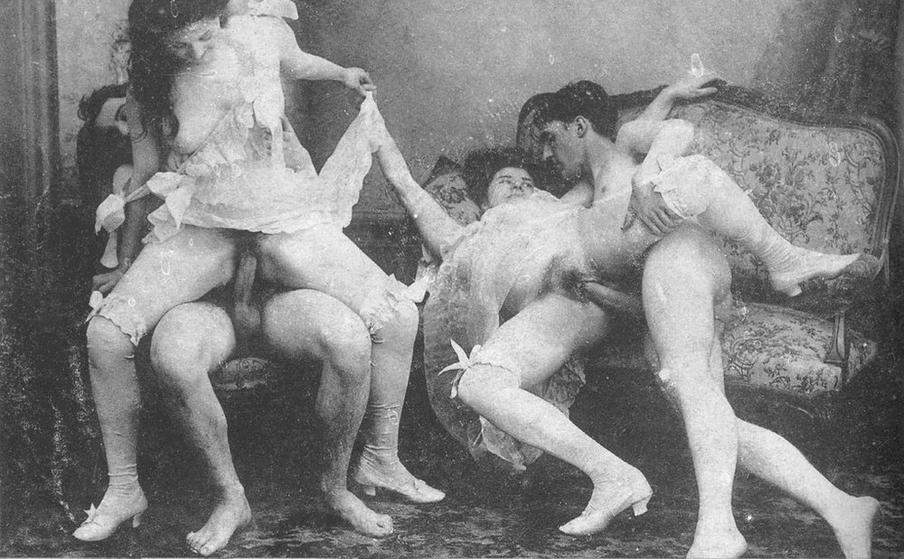
The rise of literacy and the growth of the book market in 19th-century England prompted anxieties about unrestricted access to explicit material. Consequently, pornography as a distinct regulatory category arose to control the distribution and consumption of erotic content. This new social construct sought to restrict access, particularly limiting lower classes and women from exposure to such material. Moral critics of the time feared broader literacy would destabilize social order by spreading obscene content. This social reaction helped establish pornography as a subject of law and censorship.
Moving images introduced eroticism into film toward the late 19th century. In 1894, Thomas Edison’s studio produced Carmencita, a short film featuring a Spanish dancer whose visible legs and underwear caused scandal in some locales. Two years later, the 1896 film The May Irwin Kiss depicted a brief kiss, provoking controversy and moral outrage, highlighting early film censorship challenges.
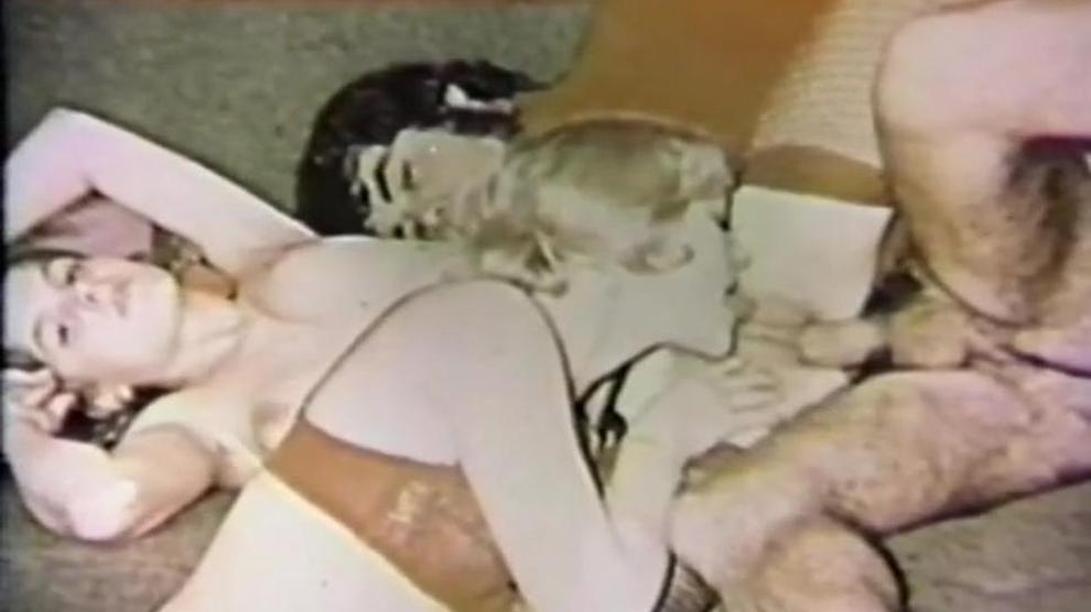
The earliest surviving film showing actual sexual intercourse dates to 1908 with the French movie L’Ecu d’Or ou la Bonne Auberge. Due to censorship, few copies remain. In the United States, the oldest known surviving explicit film is A Free Ride from 1915, typically screened in brothels before film projectors became affordable for wider audiences in the 1930s.
The increased popularity and spread of erotic films led to intensified legal and social regulation. As film became cheaper and more accessible, concerns about public morality sparked censorship laws. For instance, the 1933 Czech film Ecstasy featured nudity and a graphic depiction of female orgasm, causing scandal and calls for bans. This contributed to the implementation of the Hays Code in Hollywood, prohibiting erotic content in movies for nearly three decades.
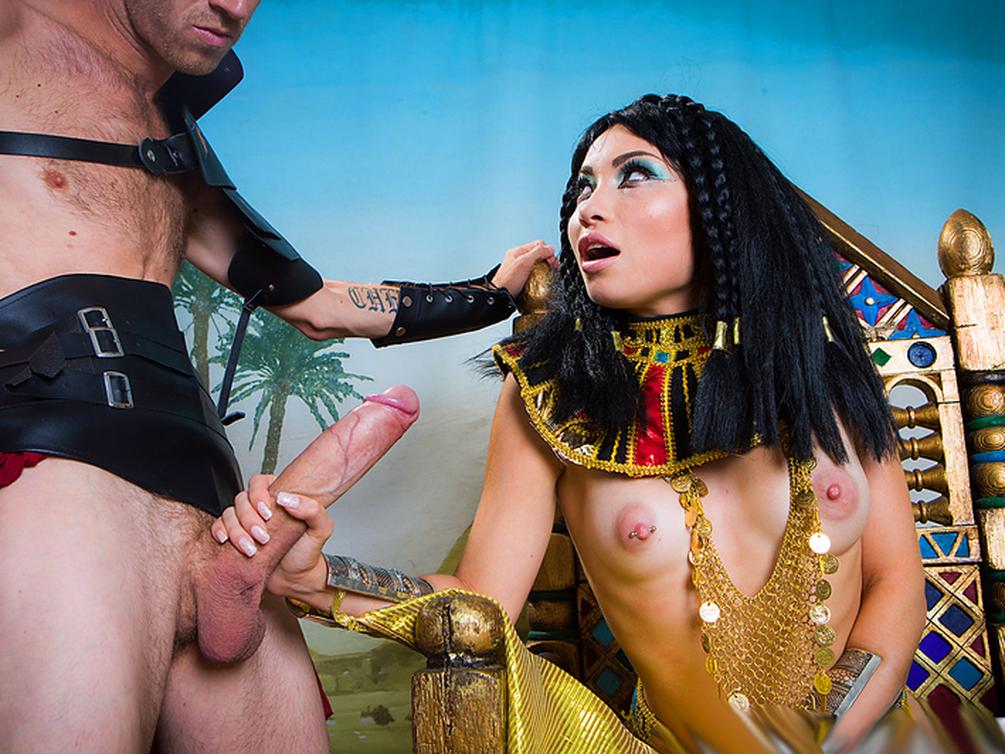
Legal freedom for pornographic expression in the United States was delayed until the late 20th century. A landmark case in 1988, California v. Freeman, effectively legalized hardcore pornography, paving the way for its mainstream availability and acceptance.
| Period | Key Development |
|---|---|
| Ancient Times | Erotic art and sexual depictions created but not considered pornography. |
| Mid-1800s | Modern term “pornography” coined and legally defined circa 1857. |
| 1890s | Earliest erotic films produced; early censorship occurs. |
| Early 1900s | First films showing sexual intercourse made; content limited and censored. |
| 1930s | Hays Code enforces film censorship, banning explicit scenes. |
| 1988 | California v. Freeman legalizes hardcore pornography in the U.S. |
The evolution of pornography reflects technological, social, and legal changes. The modern categorization of pornography emerged during a time of rising literacy and print democratization, addressing new challenges about regulating erotic content. Early erotic films marked a transition from private, elite experiences of erotic art to mass-consumed media. Societal responses have cycled through censorship, moral panic, and eventual legalization, shaping how pornography is defined and accessed today.
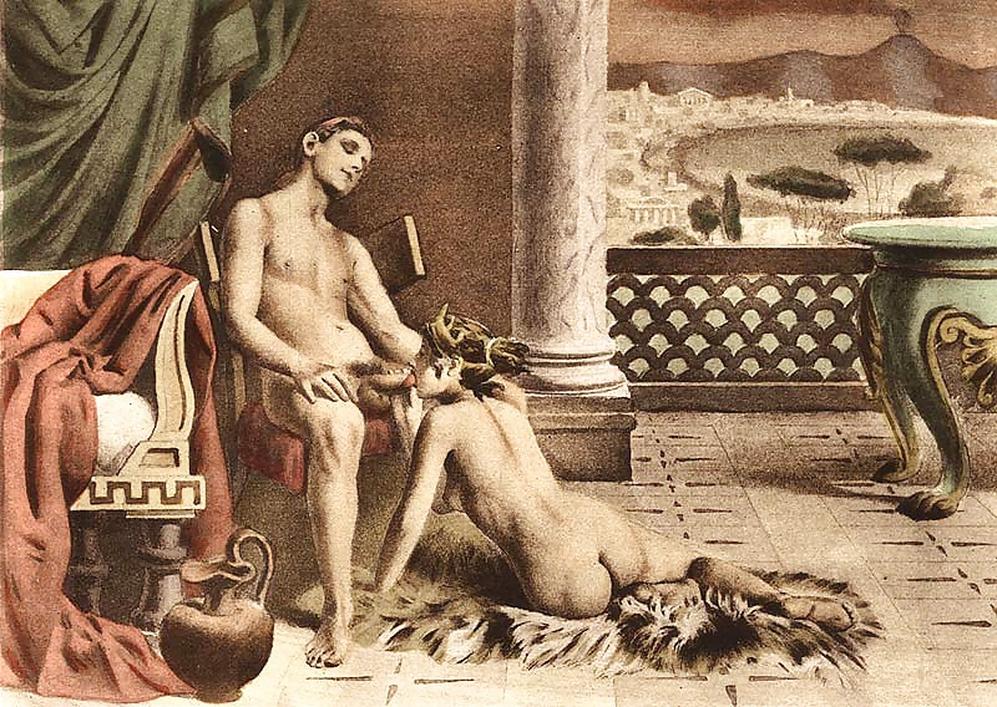
- Modern pornography concept and legal status date from mid-19th century.
- Ancient erotic depictions differ from pornography in intent and social role.
- Earliest erotic films appeared in the late 1800s with growing social controversy.
- Censorship and regulation intensified as erotic media became widespread.
- Full legalization occurred only by late 20th century with landmark court rulings.
When Did Pornography Come About in Human History? A Deep Dive into the Origins and Evolution
If you’re curious about when pornography, as we understand it today, first appeared in human history, the answer might surprise you: modern pornography is actually only about 150 years old. While erotic art and sexual representations have existed for millennia, the specific concept, term, and legal framework of pornography emerged relatively recently.
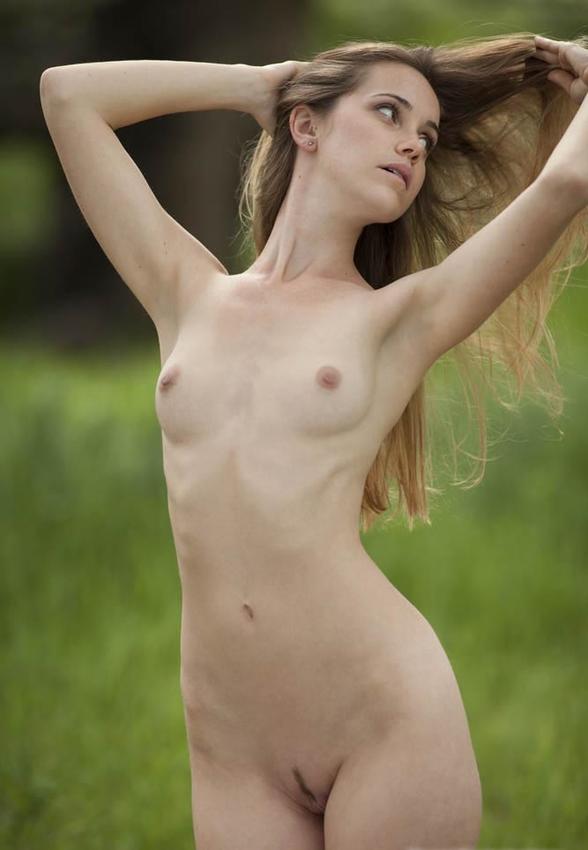
This post unpacks the history, tracing the gap between ancient erotic depictions and the rise of porn as a regulated—and often controversial—category of material starting in the 19th century. Ready for a journey through time? Let’s go.
“Porn” Is a Modern Word with Ancient Roots
The word pornography comes from Greek roots meaning “writers about prostitutes.” Interestingly, it appears only once in surviving Greek texts, where an artist who painted courtesans is mentioned.
Despite this ancient origin, the word slipped out of common use for roughly 1,500 years. It re-emerged in the 1850s, specifically in 1857, when it was first used to describe erotic wall paintings uncovered at Pompeii.
Think about that: the explicit meaning, the legal usage, and the modern cultural framing are all tied to a 19th-century moment—especially in England, France, and somewhat earlier in the United States.
Why Isn’t the Kama Sutra Pornography?
Many people assume that ancient erotic texts like the Kama Sutra count as “porn.” But, historically speaking, they do not.
These works weren’t meant purely to stimulate erotic feelings. Instead, they served as guides to relationships, love, and cultural rituals around intimacy. They fulfilled different social functions rather than acting as “stimulating” content in the modern pornographic sense.
Beyond literature, ancient erotic artworks often belonged to the elite. For example, several “secret museums” were established—like the Borbonico museum in Naples—that housed erotic artifacts. They were accessible only to educated men who understood the classical languages and could pay admission.
Literacy and Social Change Created Pornography as a Category
The birth of pornography correlates strongly with rising literacy and the spread of the public sphere in the 19th century. As books and images became easier to distribute, elite control over what people saw weakened.
This shift generated anxiety among moralists and critics. Suddenly, erotic content seemed less exclusive and more threatening to the social order. Walter Kendrick, in The Secret Museum, notes how pornography became a “shadowy zone,” designed to regulate what classes and genders could access erotic materials. Essentially, pornography as a category was invented to control access and consumption.
As historian Lynn Hunt explains, “pornography as a regulatory category was invented in response to the perceived menace of the democraticization of culture.” Isn’t it fascinating that control efforts shaped how we even think about porn today?
The Dawn of Erotic Film: 1890s and Early 1900s
Fast forward to the late 19th century—the era of motion pictures. The Edison studio played a pivotal role here. In 1894, they recorded Carmencita, featuring a Spanish dancer whose twirling legs and glimpse of underwear sparked scandal in parts of the world.
Just two years later came The May Irwin Kiss (1896), an 18-second film showing a Victorian couple kissing—awkwardly, by today’s standards. Despite its simplicity, it ignited public uproar, censorship calls, and moral panic, especially from religious institutions.
Then came films depicting actual sexual intercourse. The oldest surviving work is the French film L’Ecu d’Or ou la Bonne Auberge from 1908, though few copies exist today due to censorship and destruction. America’s earliest known surviving film, A Free Ride (1915), shows explicit acts and was mainly screened in brothels before home projectors became widely available in the 1930s.
Social Reactions: Censorship, Moral Panic, and Regulation
With more accessible filming technology and wider distribution, erotic content increasingly seeped into public view. This led to arrests, prosecutions, and sustained efforts to clamp down on pornographic materials.
A notable scandal was the Czech film Ecstasy (1933), featuring nudity and arguably the first depiction of a female orgasm on screen. The uproar around this film intensified demands for censorship, culminating in the United States’ Hayes Code, effectively banning erotic content from Hollywood films for 30 years.
These waves of control reveal how societies wrestled with balancing free expression against moral concerns. Only much later, in 1988, did the U.S. Supreme Court rule in California v. Freeman to fully legalize hardcore pornography, marking the modern era of porn freedom.
Summary: Piecing Together the Puzzle of Porn History
- Modern pornography’s definition and legal framework originate in the mid-19th century, roughly 150 years ago.
- Long before that, erotic art and texts had various roles but were not viewed as pornographic in their own times.
- Early film began introducing erotic imagery in the late 1800s, inching into more explicit material by the early 1900s.
- The spread of pornography raised social anxiety, provoking censorship and legal restrictions over decades.
- Full legalization and broad public acceptance of hardcore pornography did not arrive until the late 20th century.
Why Does This Matter Today?
Understanding the origins of pornography enlightens our view of cultural shifts around sexuality, art, and public morality. It also shows how social power structures influenced who could access erotic content—and who couldn’t.
So next time you scroll past explicit content online, remember: the frameworks we see today are fresh inventions designed to manage society’s complex relationship with sex, art, and control.
Practical Thoughts and Takeaways
- Recognize how context shapes what counts as porn. Ancient erotic works had educational or cultural roles.
- Note that legal definitions evolve. What was once scandalous (like a dancer revealing legs) seems tame today.
- Consider how increased literacy and technology drive social change—and regulatory responses.
- Appreciate historical censorship battles—they reflect broader societal values and their evolution.
- Finally, keep questioning what modern morality judges—and how tied it is to history, power, and culture.
Pornography’s emergence is a story of art, culture, law, and social dynamics. From secret elite collections to mass-market films and digital streams, the journey highlights ways humans have long explored and struggled with sexuality.
Isn’t that something worth reflecting on—and a reason to appreciate how recent modern porn really is, despite its seemingly ancient imagery?
When did the term “pornography” first come into modern use?
The modern use of “pornography” began around 1857. It was when the word described erotic wall paintings found in Pompeii. Before that, it was rarely used for about 1,500 years.
How is ancient erotic art different from modern pornography?
Ancient erotic works, like the Kama Sutra, were cultural or artistic expressions, not pornography. Their original contexts did not aim to stimulate erotic feelings alone, unlike modern porn.
When did erotic films first appear?
Erotic moving images emerged in the late 19th century. For example, Edison’s 1894 film “Carmencita” showed a dancer in a way some considered erotic. The first recorded sexual intercourse in film dates to 1908 in France.
How did society respond when pornography became more widespread?
As erotic materials spread, society saw growing anxiety. This led to censorship and legal controls, like the Hayes Code in the 1930s in the U.S., which banned sexual content in Hollywood films.
When was pornography fully legalized in the United States?
Hardcore pornography was effectively legalized in 1988 after the California v. Freeman decision, marking the start of full legal freedom for pornographic expression in the U.S.
